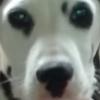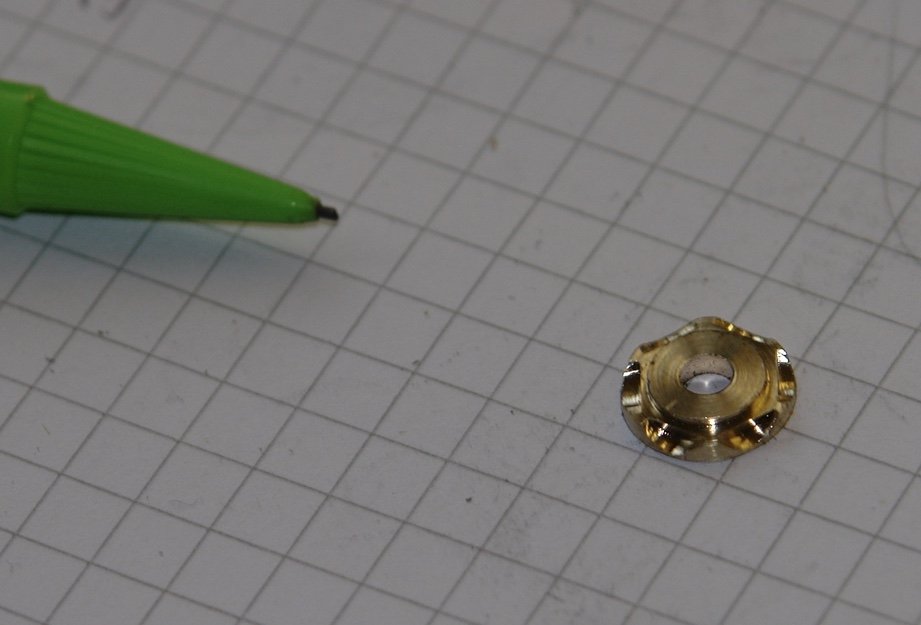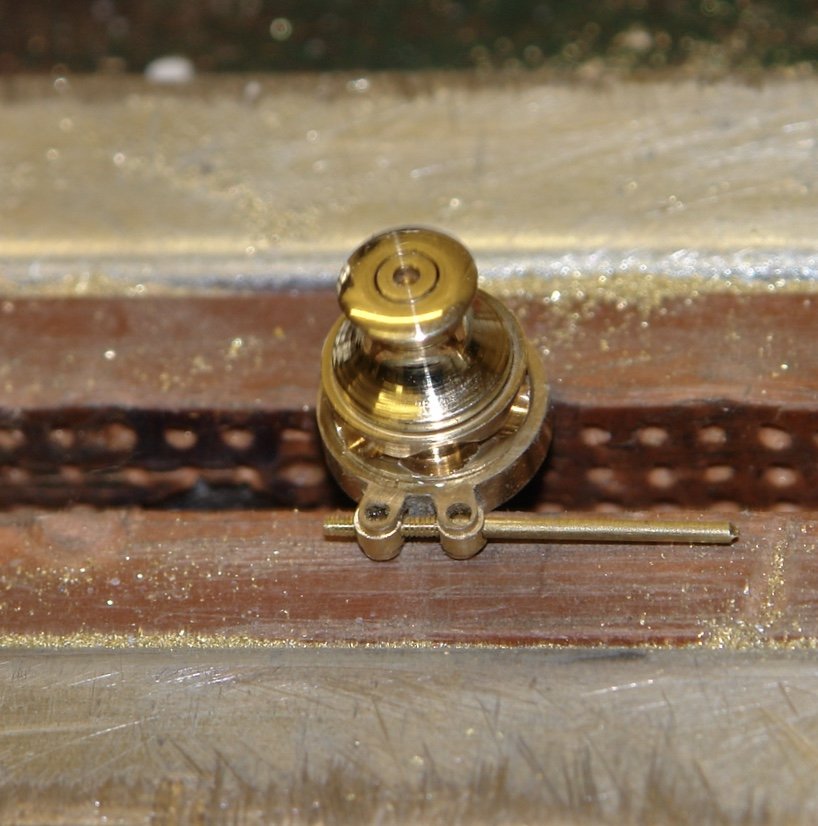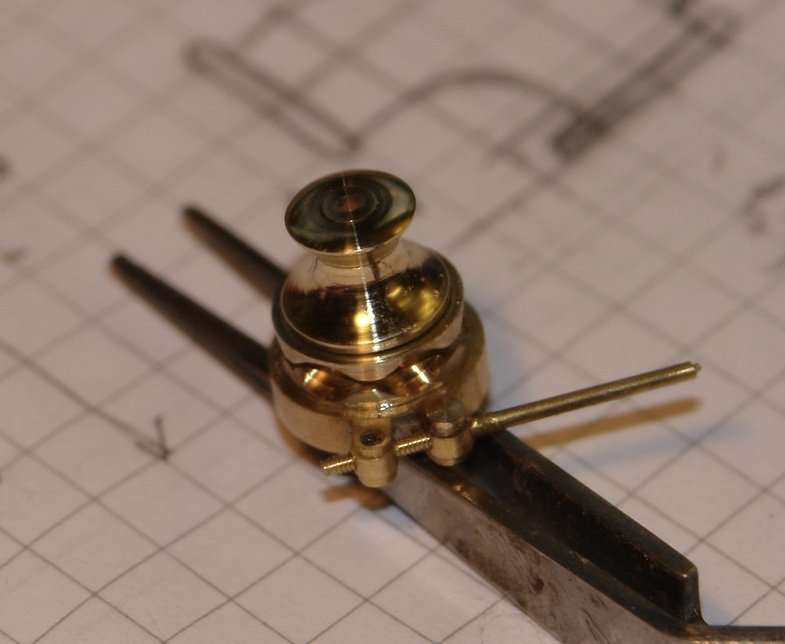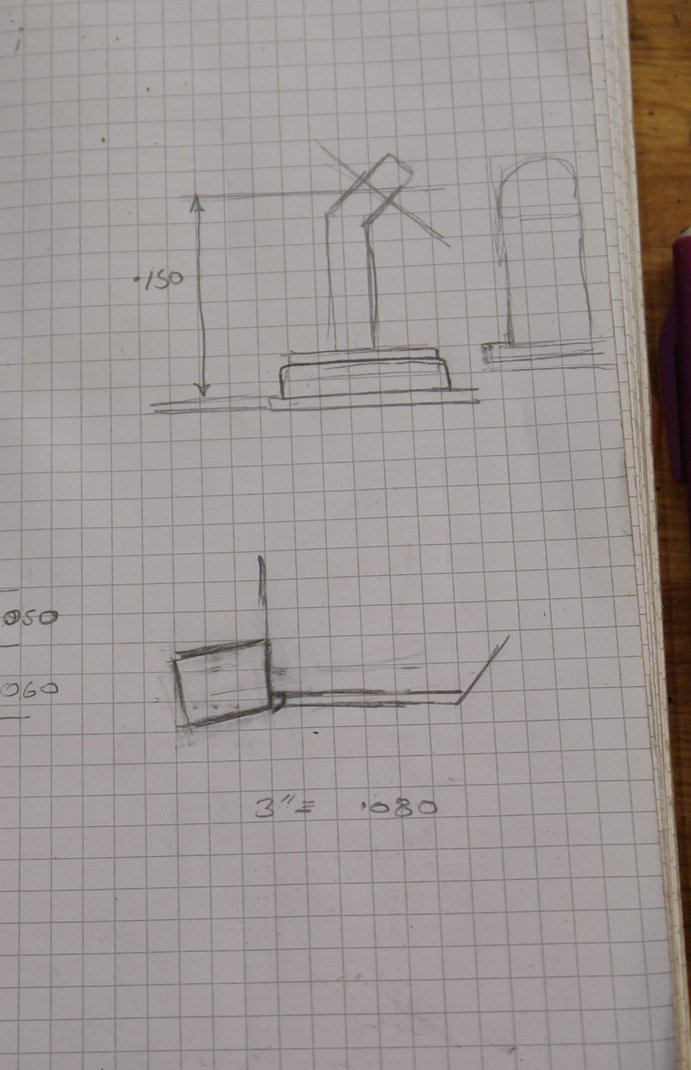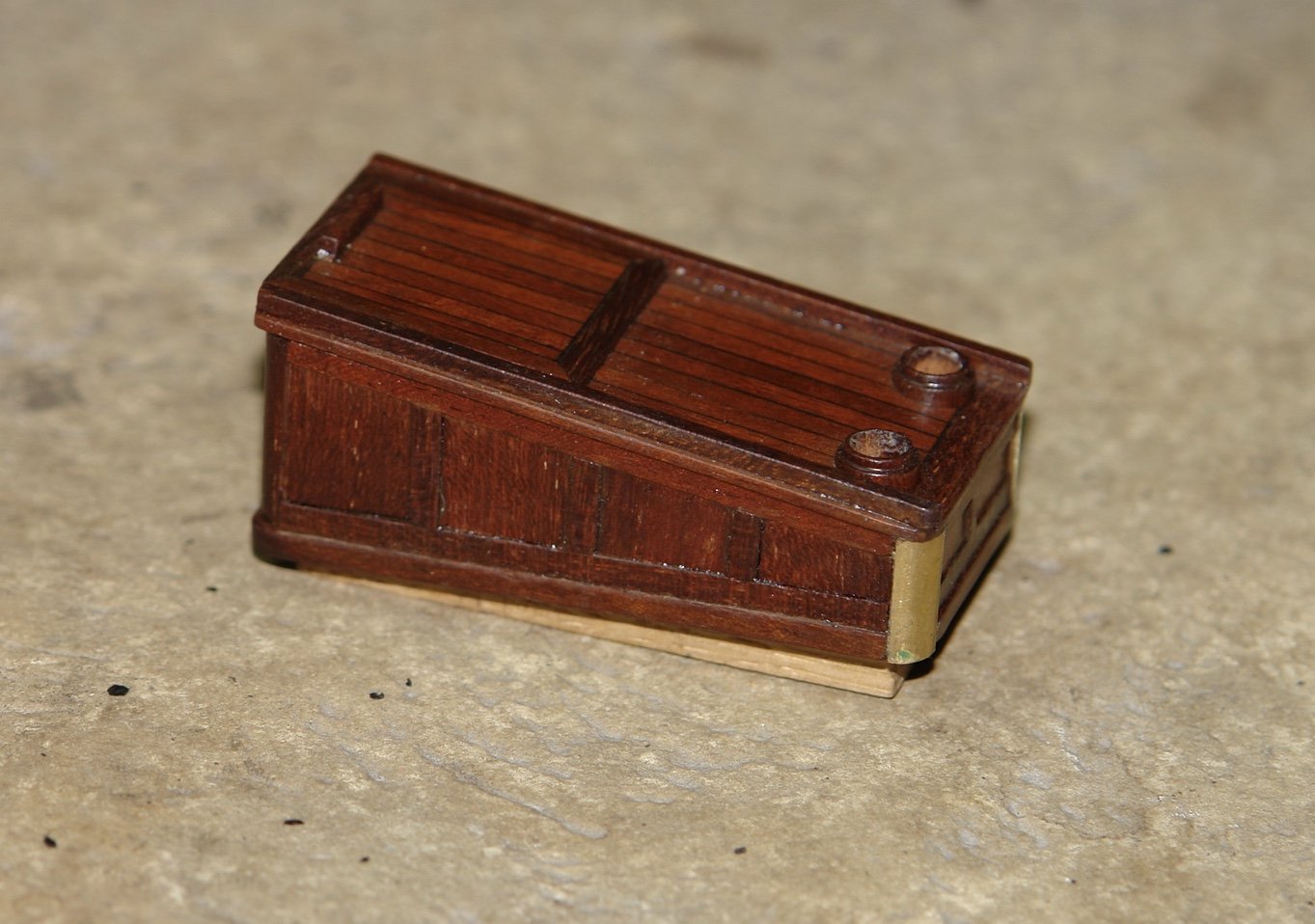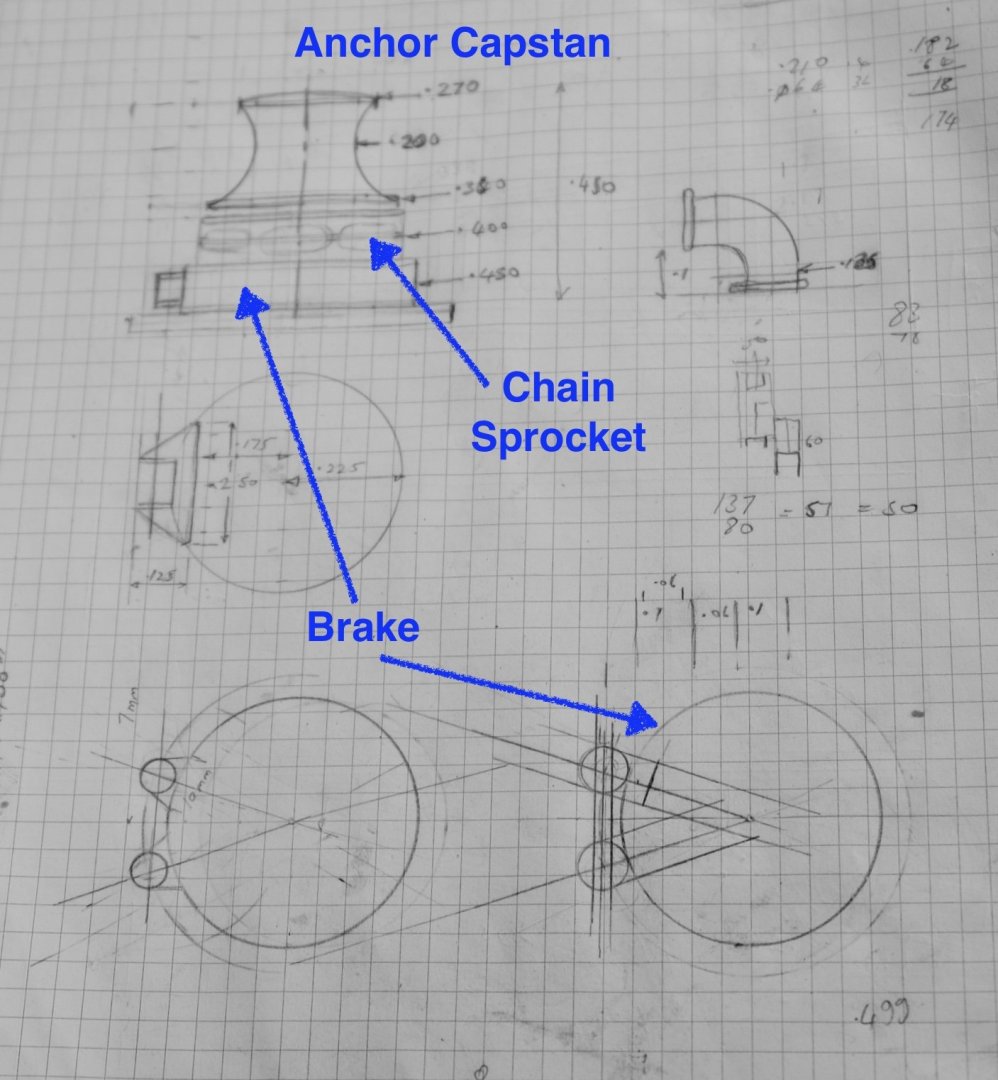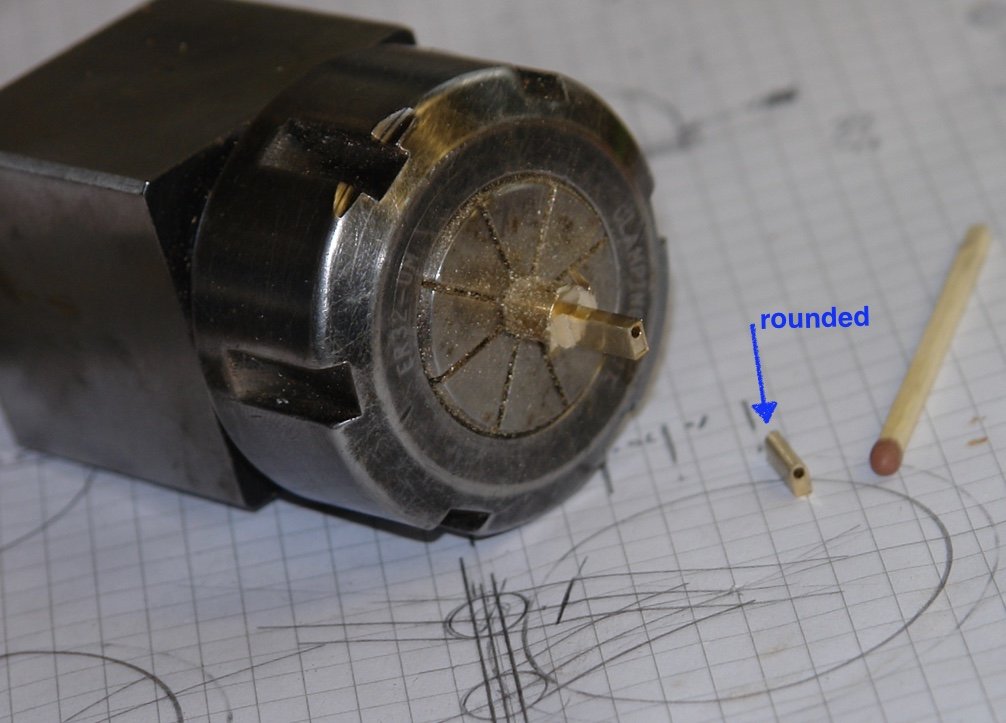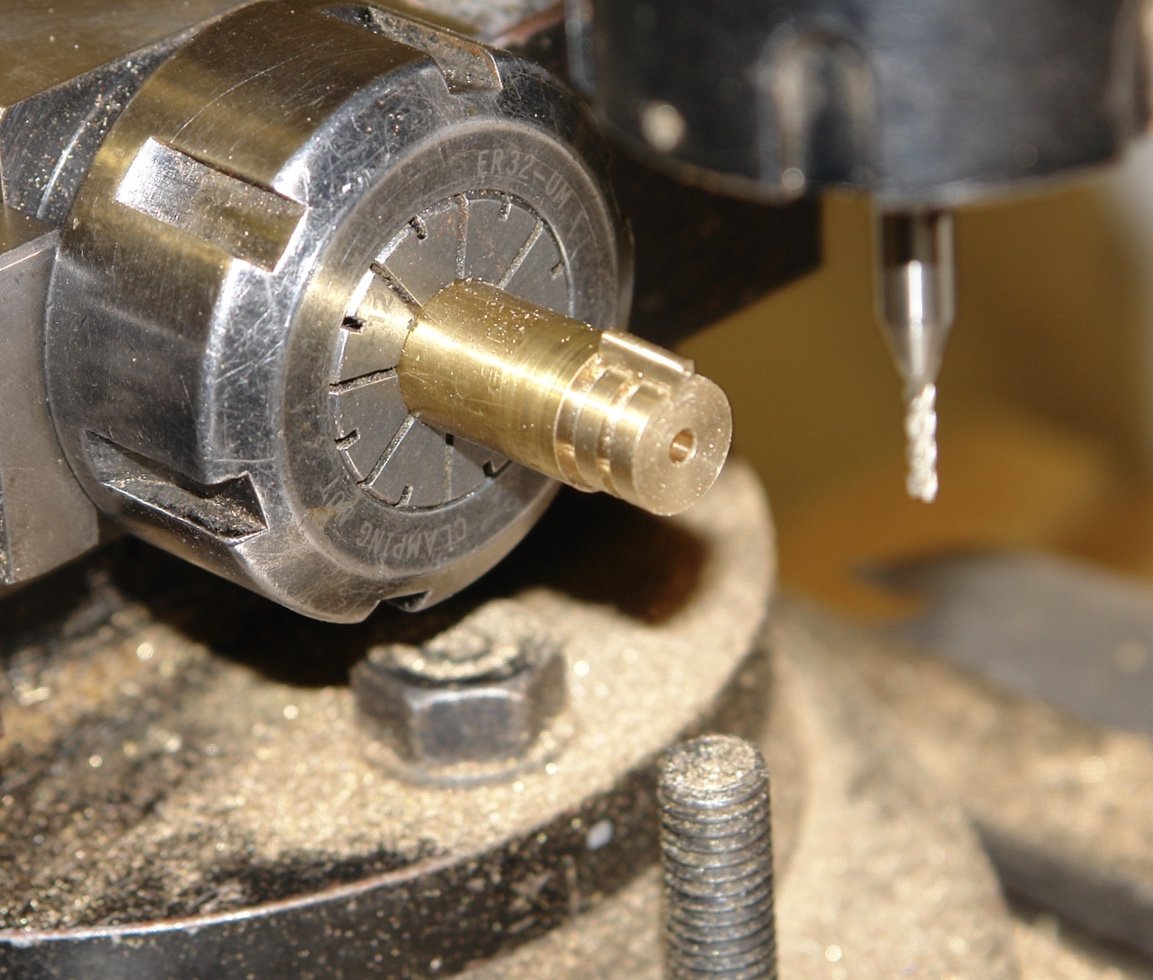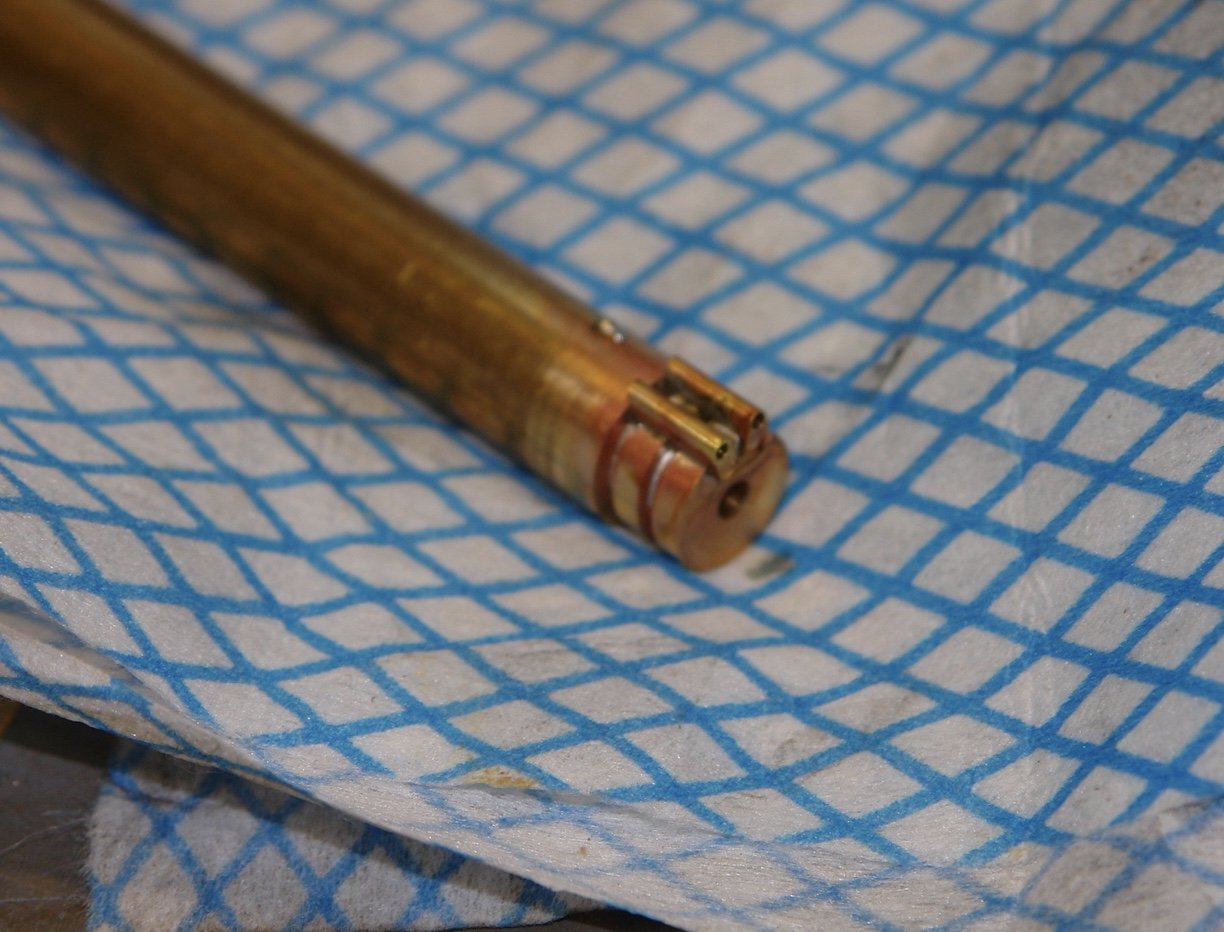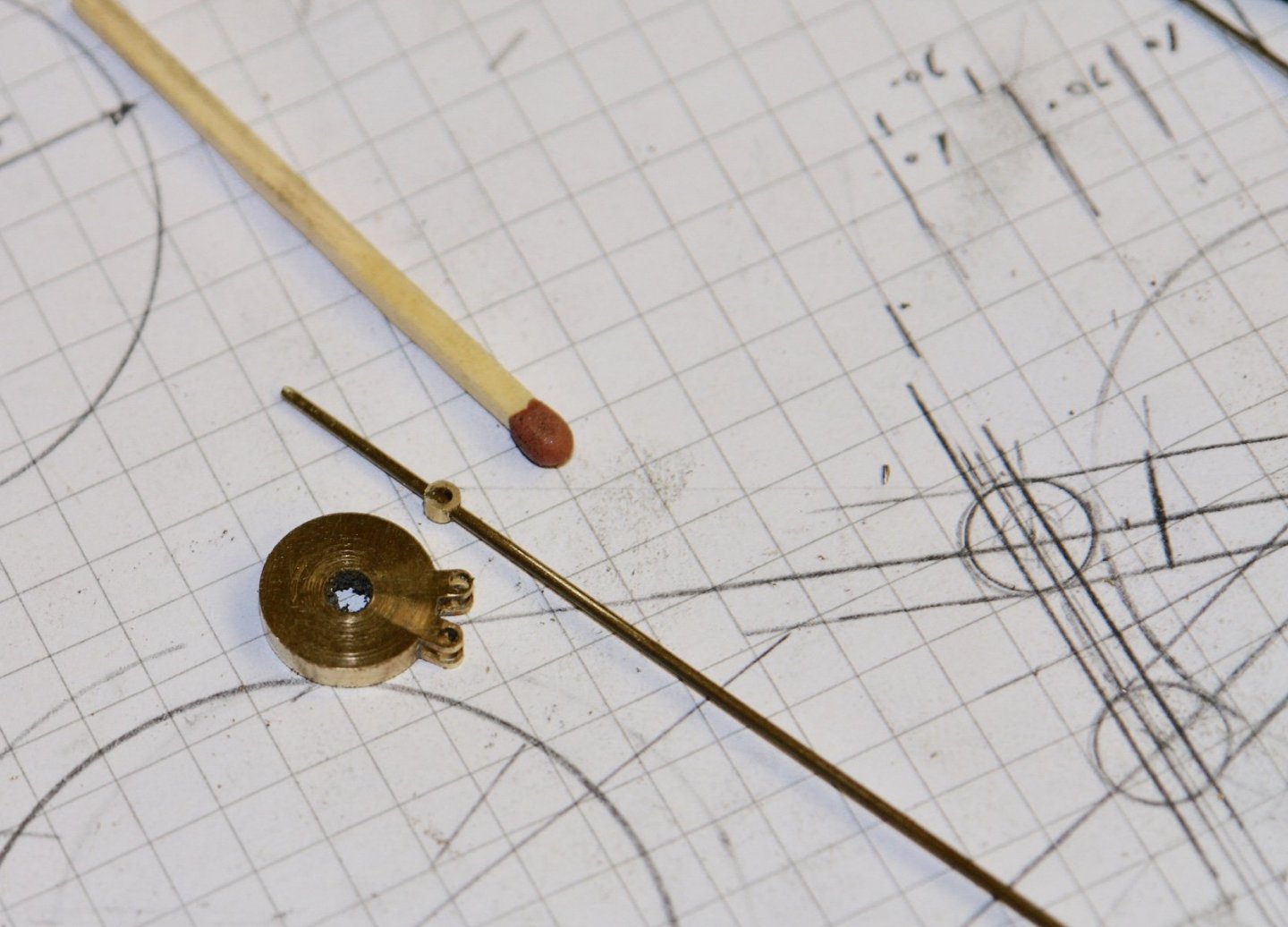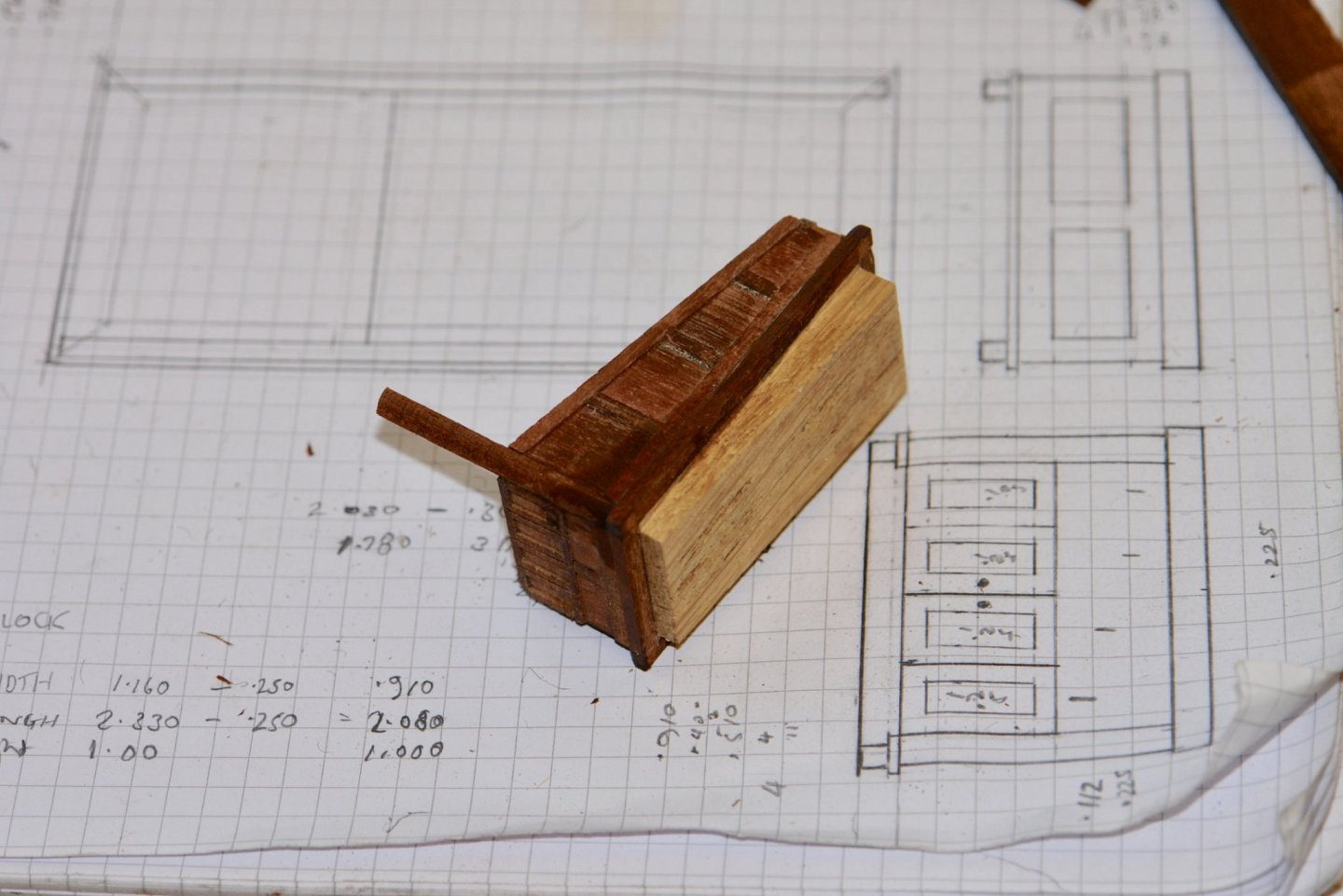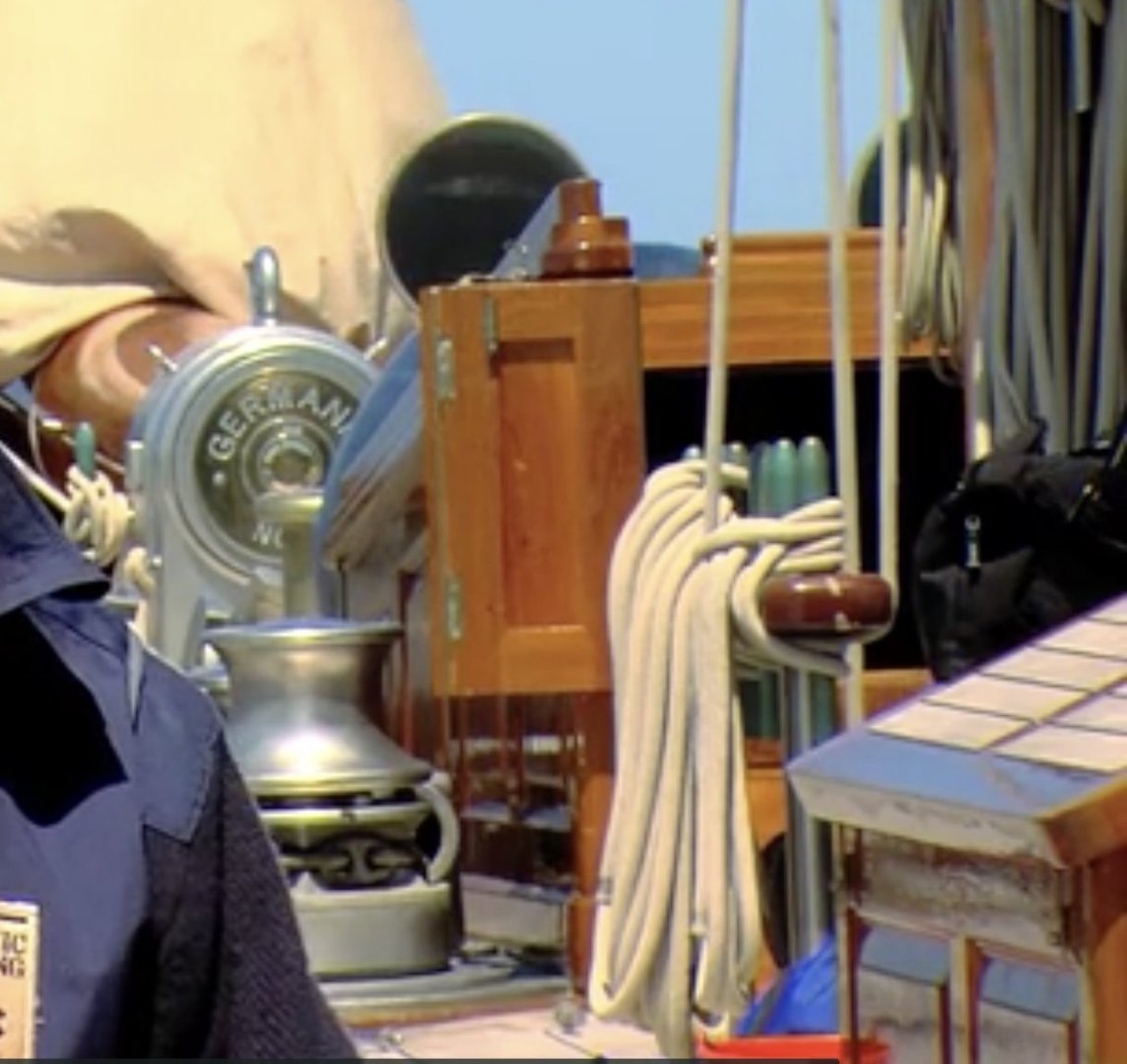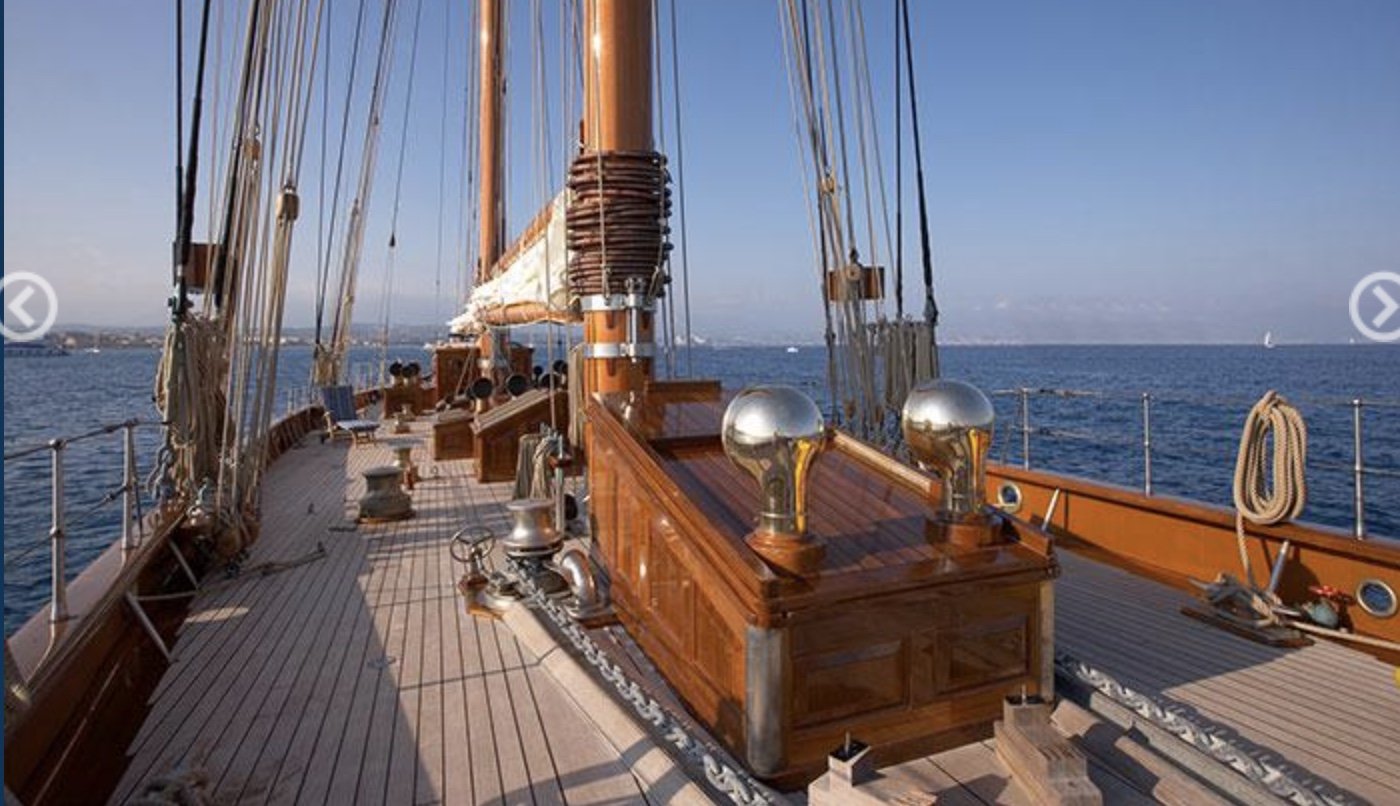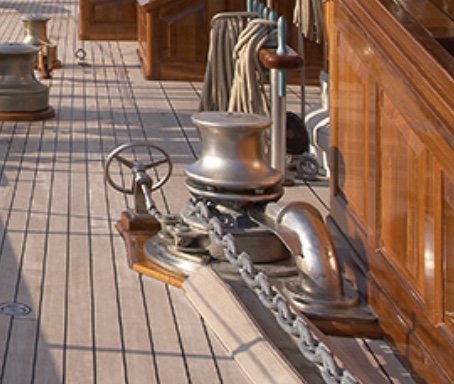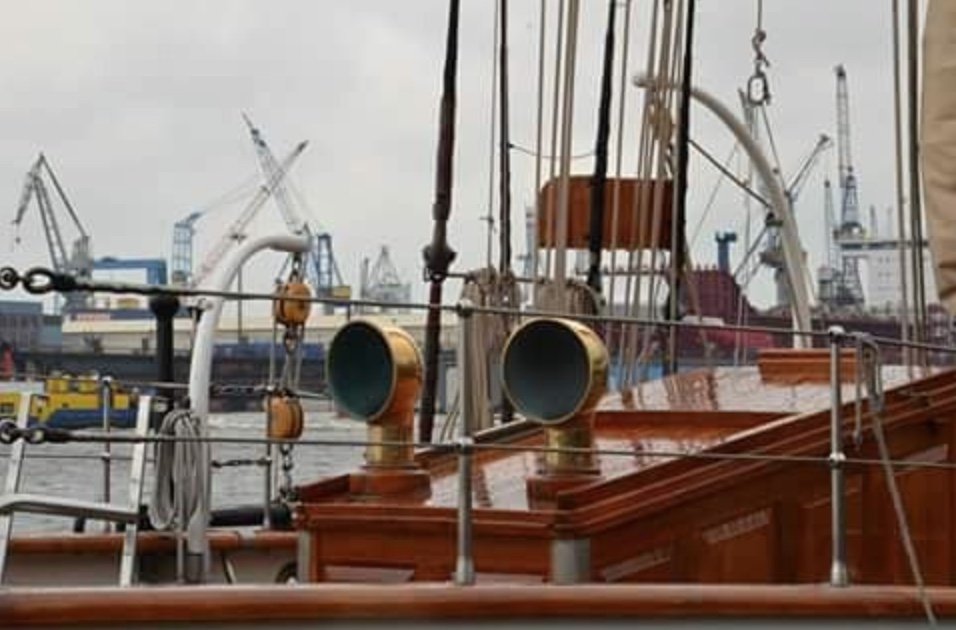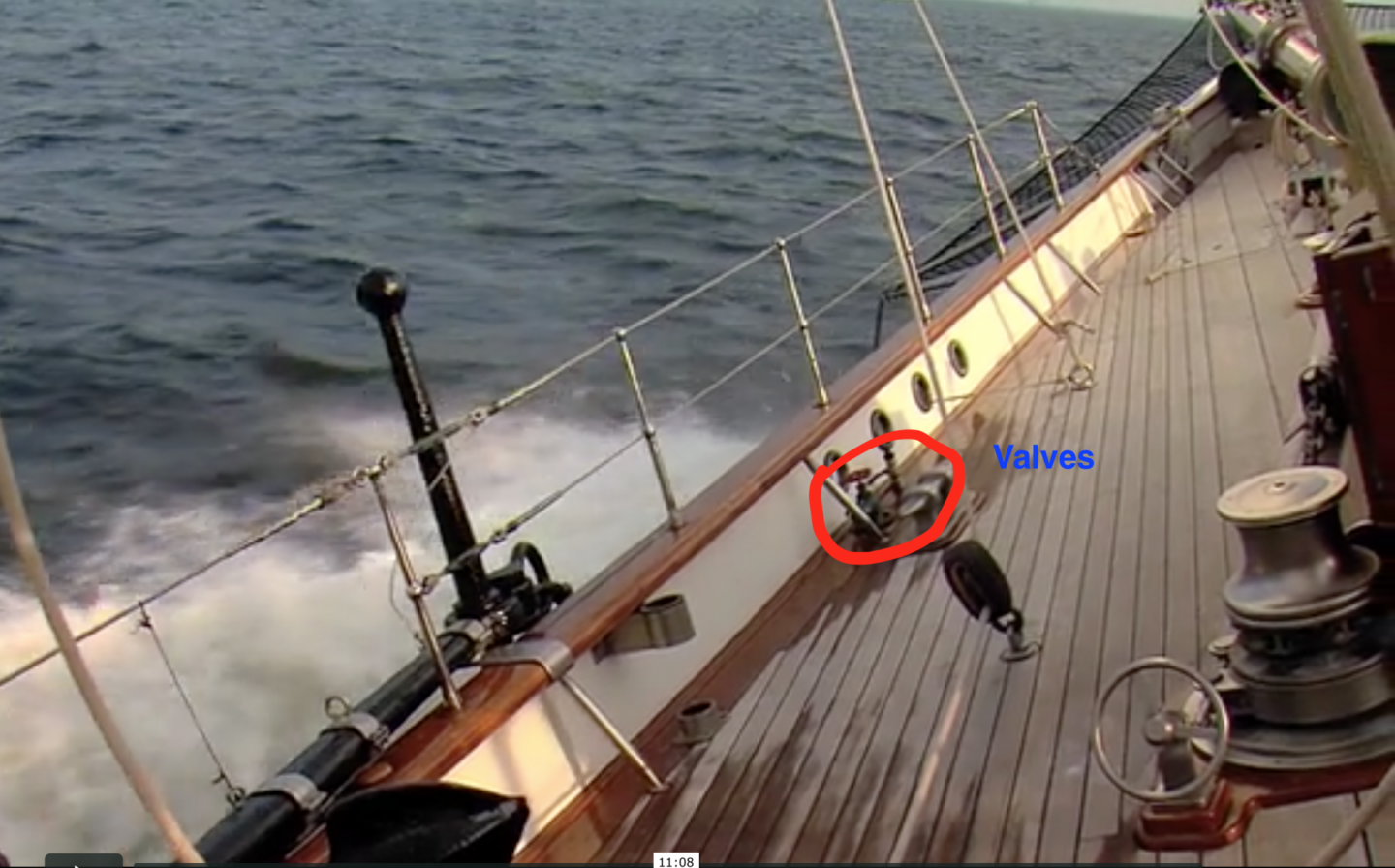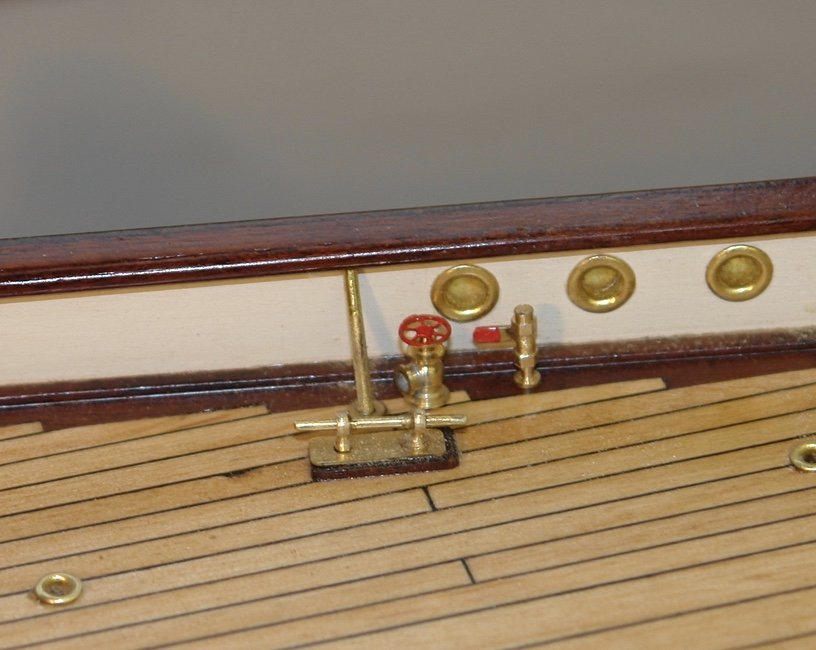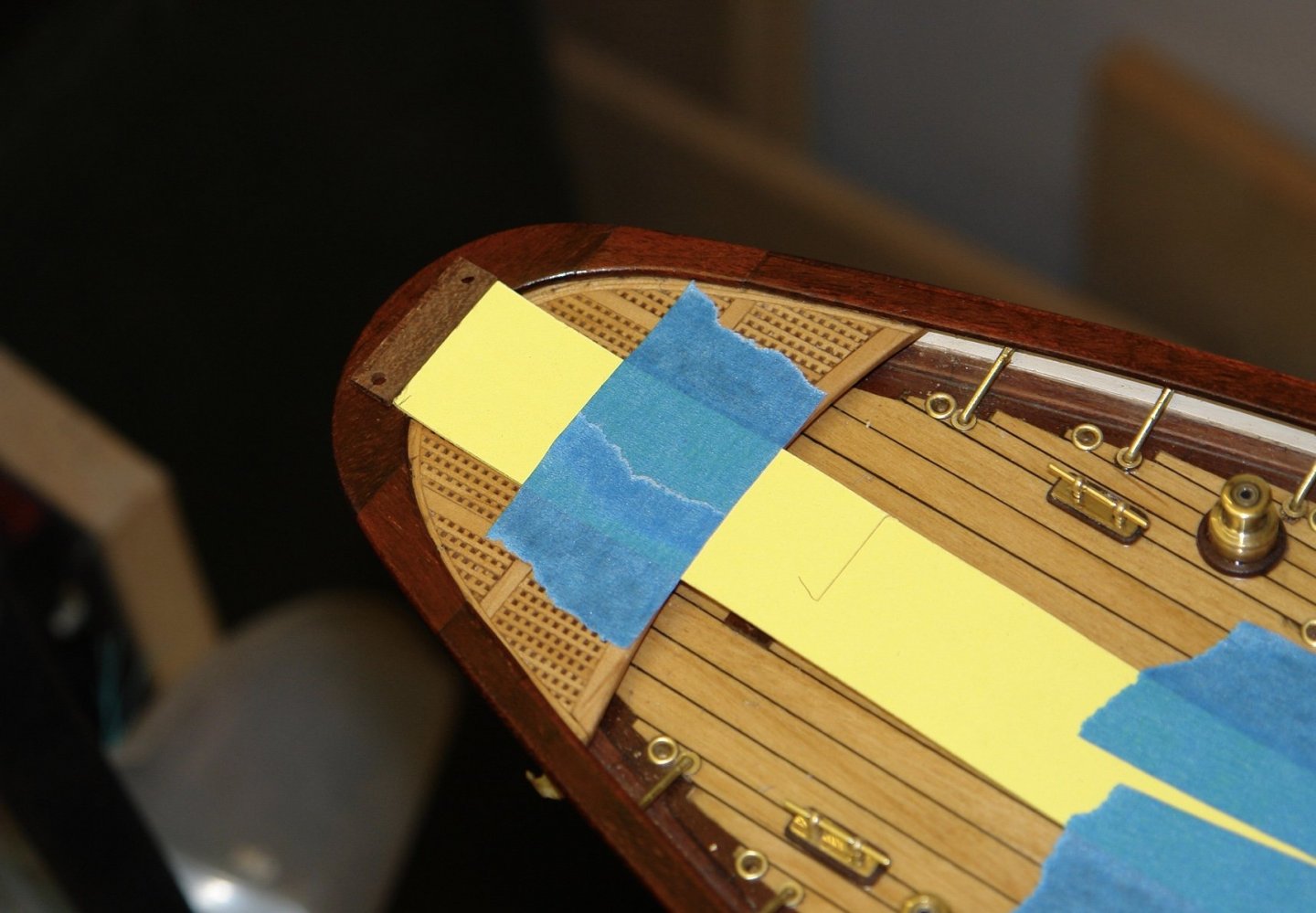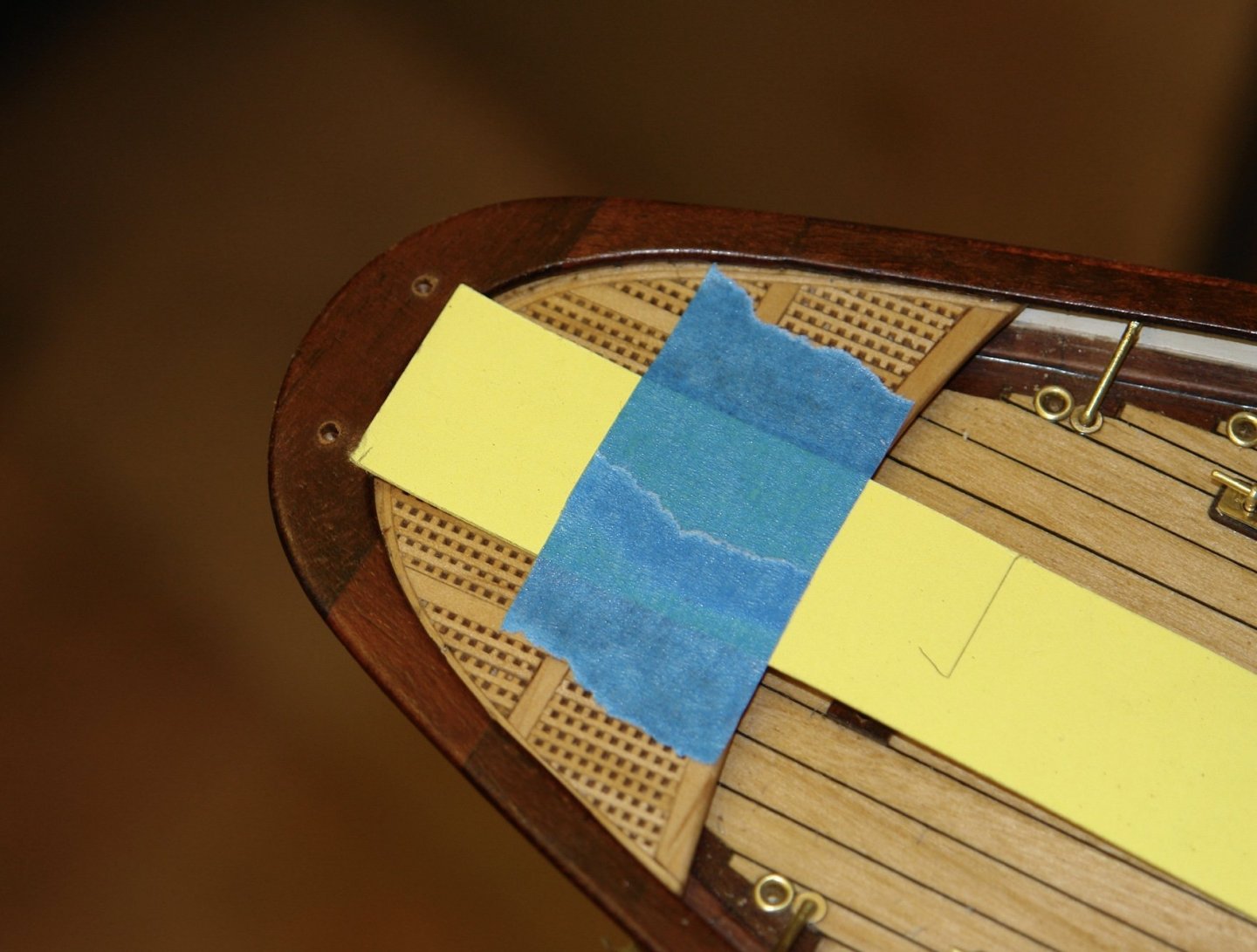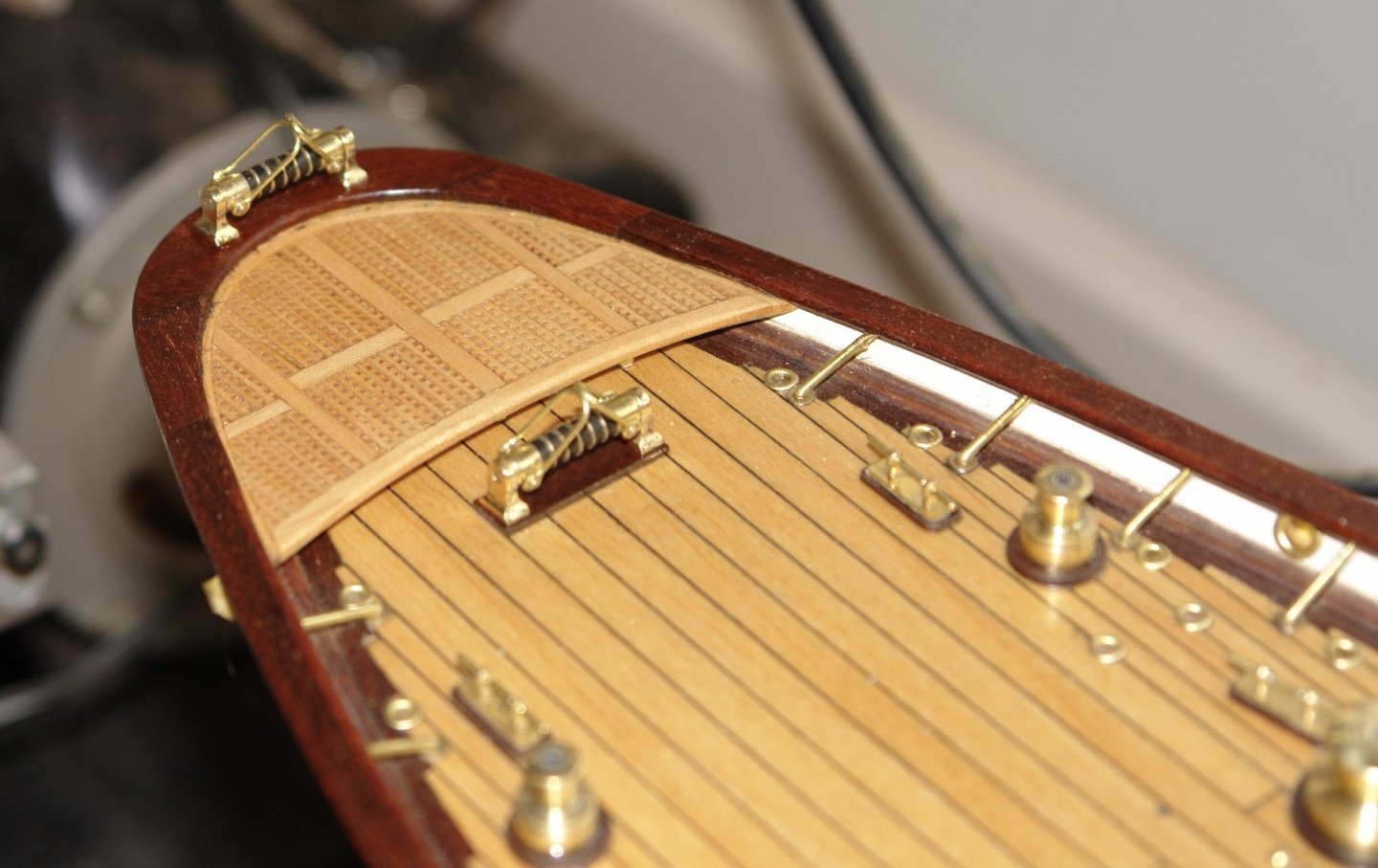-
Posts
3,944 -
Joined
-
Last visited
Content Type
Profiles
Forums
Gallery
Events
Everything posted by KeithAug
-
Greg - you can get smallish versions but the mechanism means they do tend to be quite tall and possibly a bit too tall for a Sherline mill. The solution shown by Eberhard is probably the way to go. Mark, I agree with Steve. On smaller yachts I tend to use my sea boot as a break but it is not very sensible on heavier chains. In general the answer is yes. In my mind eye bits are alway much bigger than they turn out. In consequence I find myself forced into details that are a bit more challenging than I envisaged at the outset. Hi John. Unfortunately as Keith says we all have to practice social distancing. Good think too as the bump might transfer some of my neurosis. Druxey, Michael, Richard thank you for your comments.
-
Thank you Eberhard, Pat, Keith, Michael, Gary and Richard. Strange times in which we live - today I had a conversation with a neighbour when we were both on opposite sides of the road, people pass in the park while maintaining a significant distance. Apparently dog food is in short supply - even the dogs seem to have caught the hoarding bug. Anyway - on with the winches:- The chain sprockets were made in two halves. The outer diameter was calculated based on measurements of the chain. Six scallops were cut out on the mill using the hex collet block. The halves were then parted off. I then made sure the sprocket sizing was correct by fitting the chain. The cable drum was then turned and a spigot was made on which to mount the components. The winch was glued together with CA. Small pins were then turned and glued in the holes of the break lugs. You can just about see the treads on the .040" rod passing through the lugs. The right hand one is fitted in the next photo. The break hand wheel bracket was made having done a rudimentary sketch. The compound vice came in handy for cutting the angles. The brackets were formed in tandem. Before being slit off.
-
Yes Keith. My son and his wife departed with our granddaughter (age 5 months) earlier today. Both parents are doctors in major London hospitals. It’s going to be a long time before we see any of them again. May you and your loved ones keep safe.
-
I enjoyed the cargo and ship fuel solutions. All looking rather good, well done.
- 599 replies
-
- sidewheeler
- arabia
-
(and 4 more)
Tagged with:
-
Michael - loco's is good....... I find myself washing my hands even when I haven't been out - such is my paranoia. It does seem that Corvid 19 has an age prejudice.
- 2,212 replies
-
Best wishes Eberhard - within 2 weeks we will be in the same position. We are currently resisting the urge to join in the panic buying sweeping the UK supermarkets.
-
I moved on to the anchor winches starting with the design sketches. The winches sit on a wooden plinths surmounted by a metal plates. The winches and the pipe feeding the chain to the chain locker are mounted on the plates. The plates were made from .031" thick brass sheet - accurately drilled for the winch and the chain pipe and then filed to shape using buttons. Once shaped the brass plates were finished with 5000 grit wet and dry paper. The wooden plinths were then formed from .031" mahogany sheet. The deckhouse was given 3 coats of poly (but I think I will do more). I then made a sketch of the winches using the photographs from the earlier post. The winch has 3 main parts - the lowest being the break, the middle being the chain sprocket and the top being a cable winch. I started with the brake which is 0.1" thick. The first part of the brake was the lugs for the friction strap. These were milled from .025" rod and then rounded (using buttons) with a file. The 2 drums were turned on the lathe (but not parted off). Slots were then milled in the drums to take the 2 lugs. The lugs were then soft soldered in place. The rod (with lugs attached) was then retuned to the lathe and the lugs were machined to form the upper and lower brackets. The drums were then parted off. Finally .040" rod was treaded to form the clamping screw and circular bosses were turned to make the clamping pins. The thread can be felt but it is virtually invisible to the eye or on the camera. Next the anchor sprockets.........
-
Very nice work Eberhard. I noted with interest your use of sewing needles, a good idea which I will copy.
-
Steve - thank you - I will certainly try it. Noel - thank you for the technical description - much appreciated.
-
Yes Richard - a 3 inch hinge would be .083" at scale size. I will put a piece of wire in place to simulate the spine of the hinge - but that will be it. Druxey - Good idea - I will try it - thank you.
-
Eberhard - or alternatively make a scraper of the required radius. The turning method is quite wasteful as the side of the cutter has to be on the centreline and hence because of the kerf only one of the quadrants is usable.
-
The rear face of the deckhouse has bifold doors - at scale size these are quite small and I won't be making hinges. The 4 door are made as a strip. Together with associated panels they were glued on to the core. The side panels were left over long and were cut back to size on the mill. The top plank was glued in place where the panels had been cut back and then a piece of mahogany was turned and slit to form the corner pieces. The top was constructed from 0.1" wide by .060" thick planks separated by .006" card to simulate the caulking. The hatch top cover was similarly made. The tape is protecting the front corners that were made from turned brass rod. This reinforcement is included because of the proximity of the anchor chain. 2 holes were drilled to take the vents. Mahogany inserts were turned to simulate the plinths on which the vents sit.
-
Eberhard, that is some way off yet. I have a lot to make and I will make them as a batch. I do have a plan of sorts. Seems the most sensible interpretation Mark - thank you to both of you.
-
Thank you for the comments Paul, Druxey, Richard and Pat. Also thanks for all the likes. I am continuing working on the foredeck specifically I am moving on to the foremost deckhouse and the anchor winches on either side of it. I am able to get basic sizing data for the deckhouse from the small plans downloaded from the web. I also have good photographic information:- With this information I was able to create sketch plans. I don't have any detail of the inside of the hatch so I am modelling it with the hatch doors closed. I am building the mahogany panelling on a solid oak core. The core was shaped on the mill. Planks were cut and glued in place at the deck level. Then individual panels and frames were cut to clad each side. The panel definition isn't good in this shot - it is actually much better in the flesh and even better when painted with poly on a test piece that I made. The next post will show this.
-
Very interesting Eberhard, I particularly liked the simplicity of the human powered rotation and elevation gear below deck. Do you know how many crew were needed to man the gun?
-
Eberhard - it was etched - from my bits bin. I will have to make a couple of hand wheels in the near future for the anchor capstan brake as I don't have anything the right size / shape.
-
I enjoyed catching up on all the fit out details Geert. It is a pity this build is nearing its end.
-
Thank you Richard The weekend was quite productive and I seemed to make reasonable progress that I will cover in a couple of posts. It started with a bit of a Arggggh!!!! moment while looking at the next photo. This position is looking forward towards the bow and I had completely missed the 2 valves indicated. So the weekend stated with a valve making diversion. That done I mounted the 3 shock absorbers for the main and foremast booms. The one on the stern rail was most tricky with the danger that i would drill through to the underside of the stern. I used card and a wooden template to get the position correct and drilled carefully. All went well. The other 2 were more straightforward. I also made good progress on the foremost deck house. I will post the details over then next couple of days.
-
Very nice work on the blocks, particularly as they are freehand. Work can be a bind but retirement comes around eventually.
About us
Modelshipworld - Advancing Ship Modeling through Research
SSL Secured
Your security is important for us so this Website is SSL-Secured
NRG Mailing Address
Nautical Research Guild
237 South Lincoln Street
Westmont IL, 60559-1917
Model Ship World ® and the MSW logo are Registered Trademarks, and belong to the Nautical Research Guild (United States Patent and Trademark Office: No. 6,929,264 & No. 6,929,274, registered Dec. 20, 2022)
Helpful Links
About the NRG
If you enjoy building ship models that are historically accurate as well as beautiful, then The Nautical Research Guild (NRG) is just right for you.
The Guild is a non-profit educational organization whose mission is to “Advance Ship Modeling Through Research”. We provide support to our members in their efforts to raise the quality of their model ships.
The Nautical Research Guild has published our world-renowned quarterly magazine, The Nautical Research Journal, since 1955. The pages of the Journal are full of articles by accomplished ship modelers who show you how they create those exquisite details on their models, and by maritime historians who show you the correct details to build. The Journal is available in both print and digital editions. Go to the NRG web site (www.thenrg.org) to download a complimentary digital copy of the Journal. The NRG also publishes plan sets, books and compilations of back issues of the Journal and the former Ships in Scale and Model Ship Builder magazines.


